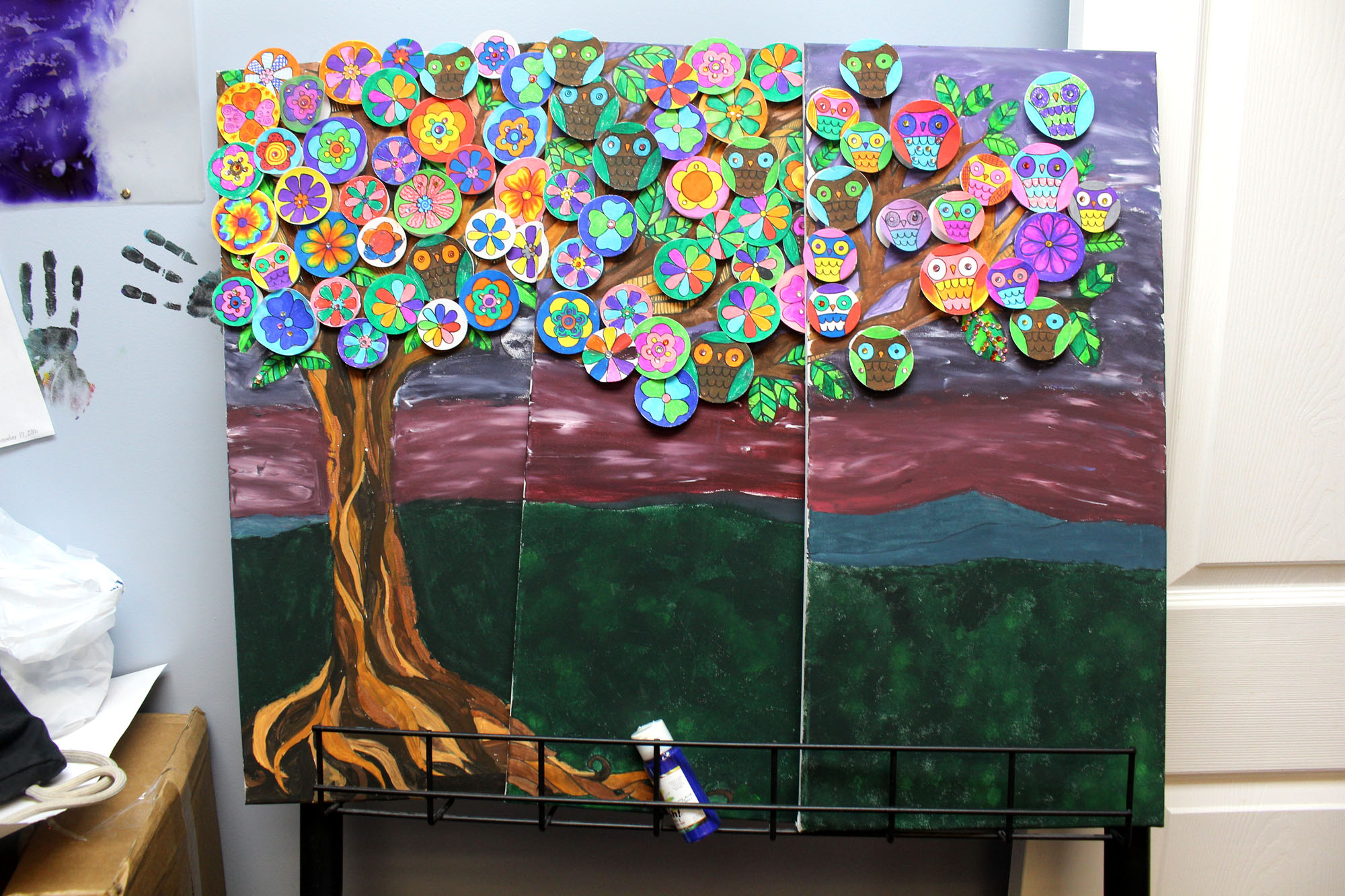About a week ago, my friend Ray Johnson brought me a copy of an old newspaper article with the headline, “Negro Youth Hurt in Incident at Theatre.” He offered it to me in the lobby of the Athens-McMinn YMCA, where we both work part-time. The article was dated “7/20/64.”
He pointed to the headline and said, “That Negro boy was me.”
I’ve known Ray Johnson all my life, but standing in the YMCA lobby with him that day, I was reminded I don’t know s***.
Athens, like most towns in East Tennessee, is majority white. Our councils and commissions are all white. Our school principals and heads of law enforcement are white. There is a silent but palpable disconnect between the white community and our black neighbors, who make up about 10% of the population. For a long time, I could count the number of black people I knew on one hand, and Ray was one of them.
He is a familiar figure in Athens. Throughout my life I’ve seen Ray in many community settings: mowing the lawn as a volunteer for the local arts council and for St. Mark’s AME Zion Church up on the hill, serving meals at Grace and Mercy Ministries, and organizing reunions for classes of J.L. Cook High School, which was the all-black high school in town until desegregation closed its doors in 1966. Black students were bused to the all-white McMinn County High School after that.
Ray and I spend many early mornings together at the Y. From him I’ve learned that there is a deeply rooted black community in Athens, whose history is only recently coming into local mainstream consciousness thanks to a new historical marker that was erected half-a-mile from my house, which tells about Free Hill, “A Forgotten Community.” Established by free blacks in 1854, with St. Mark’s AME Zion Church at its center, Free Hill is mostly gone now, replaced by low-income housing.
Ray is from the Free Hill neighborhood, as are a number of black elders in the community. Like Free Hill, their experiences have been largely razed and buried, replaced by softer community narratives. When Ray handed me that news clipping from 1964, he seemed genuinely surprised that any documentation existed of a young black boy’s encounter with white mob violence.
He was 12 years old, and President Johnson had just signed the Civil Rights Act of 1964. Ray and a pal of his decided to test the limits of this new legislation by attending a double feature at the old Strand Theatre in downtown Athens.
Ray says the woman at the ticket counter didn’t want to sell them tickets but she did anyway, and the white people already seated didn’t want them to take a seat, but Ray and his friend sat down anyway. The jeering started almost immediately, and it ebbed and flowed throughout the first film. He said he was scared, but he didn’t leave. At the beginning of the second feature, a group of white men sat down in the row behind the two boys and started making threats.
Then he heard the clinking of glass bottles. In a flash, he and his friend jumped out of their seats and ran toward the exit, but a glass bottle caught Ray in the head, and as he stumbled into the lobby, covered in blood, another group of white men started to converge, shouting epithets and promising to “finish him.” Then they heard sirens and ran. The bottle-throwers were never identified.
Just a few days after Ray showed me the 1964 news clipping, another white mob marched on Charlottesville, Virginia, wielding torches, glass, and promises to finish what they started. It took President Donald Trump 48-hours to rebuke violent white supremacists, but for many communities, it’s taken more than a half-a-century to finally acknowledge the deep structural racism that’s woven into their community memory as well as their institutions.
Athens is no different. Racial reconciliation is not high on the list of civic priorities. I guess the worry is that it’ll get really uncomfortable, really fast. But we can do hard things. If we want a vital future, we’ve got to tend to our wounds first. Stories like Ray Johnson’s are invitations to courageous conversation, and I’m following his lead.
Whitney Kimball Coe is director of the national programs for the Center for Rural Strategies (which publishes the Daily Yonder) and coordinates the National Rural Assembly.



